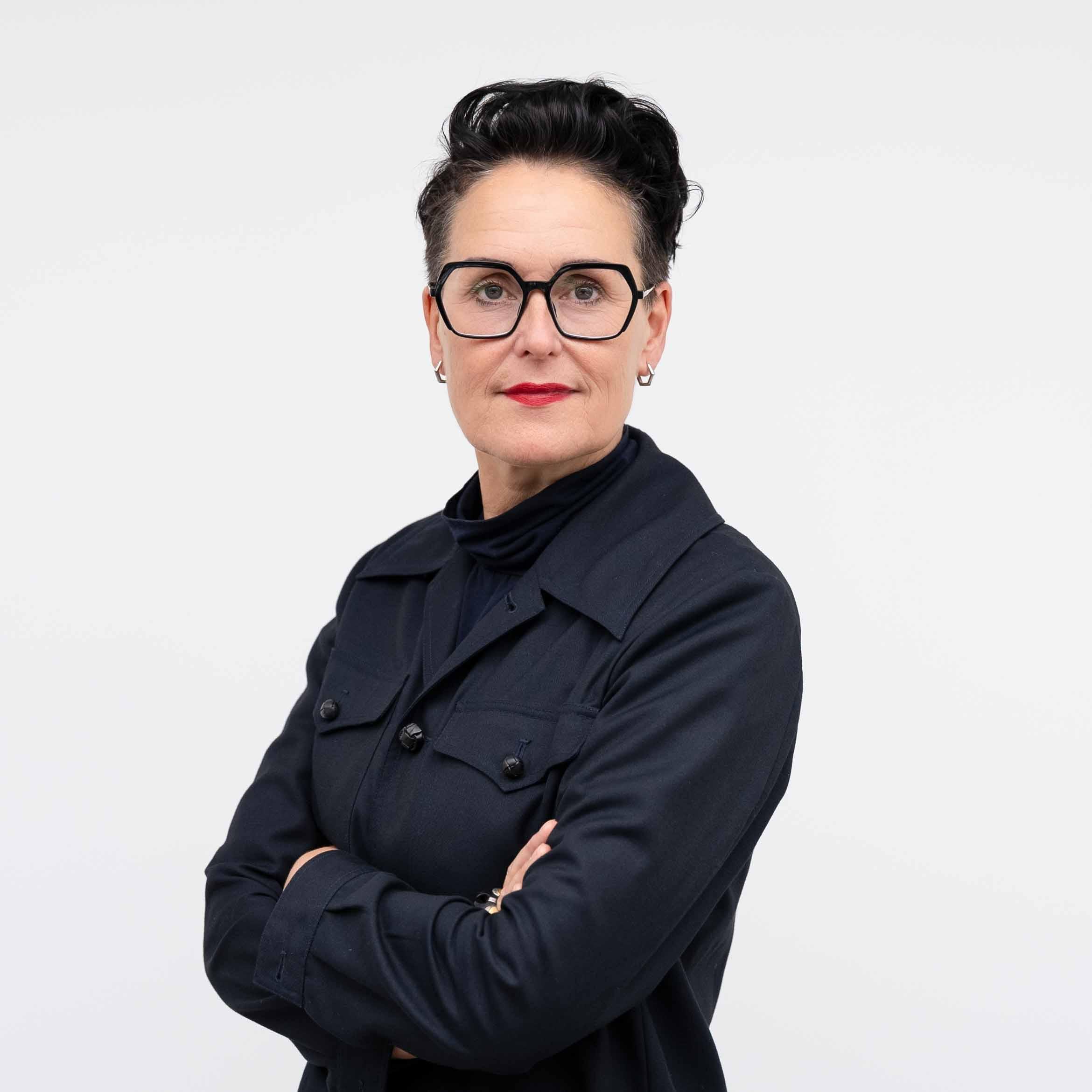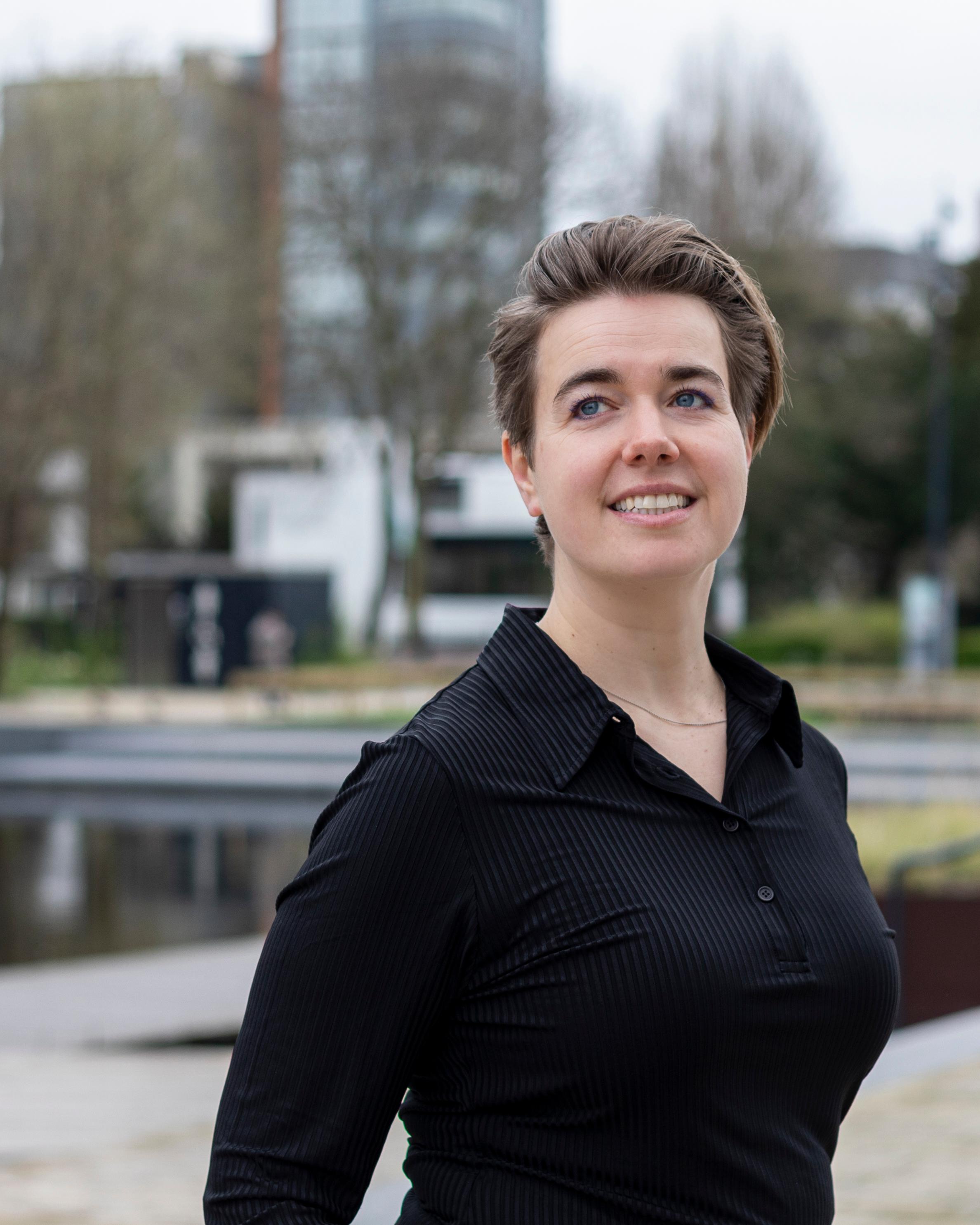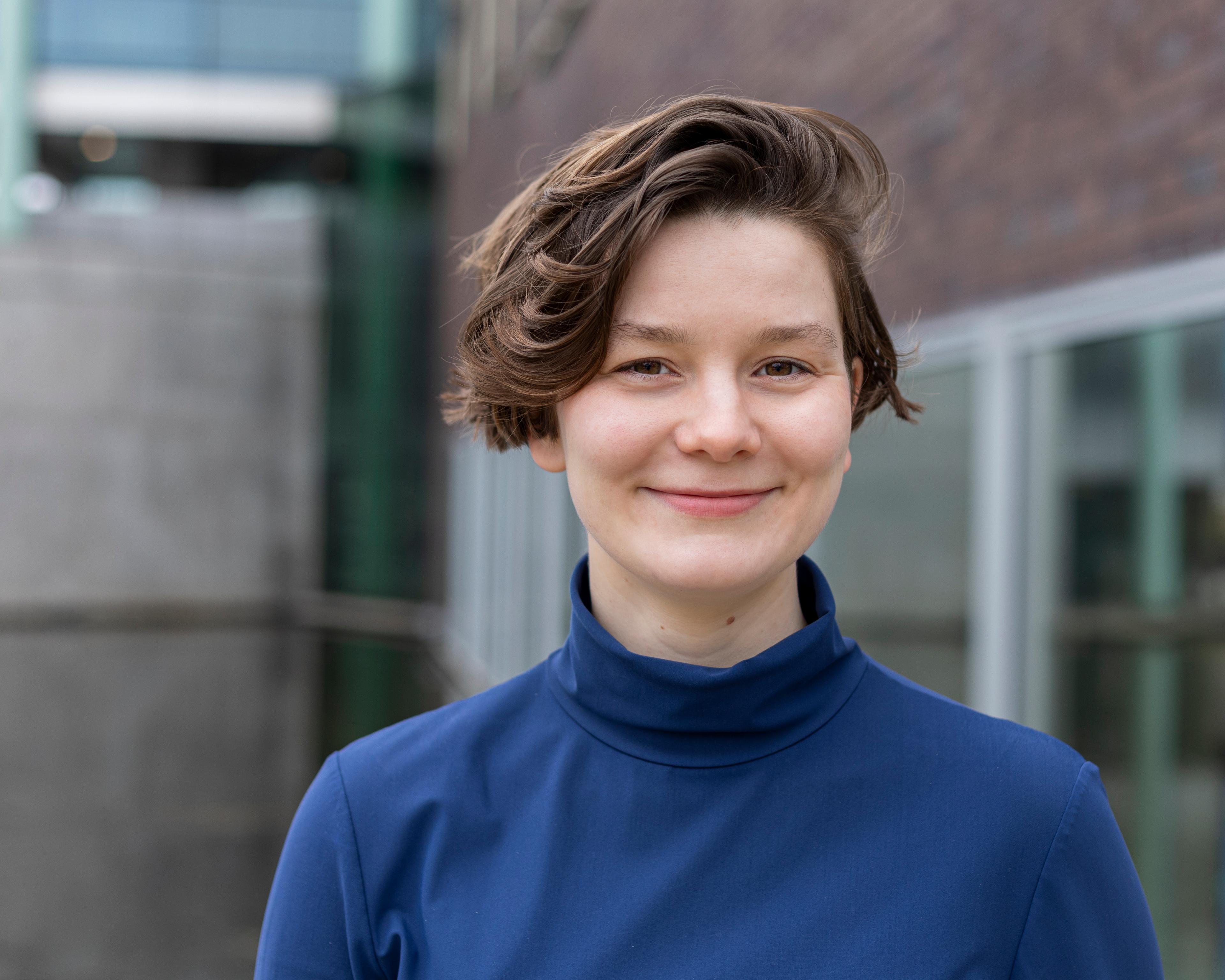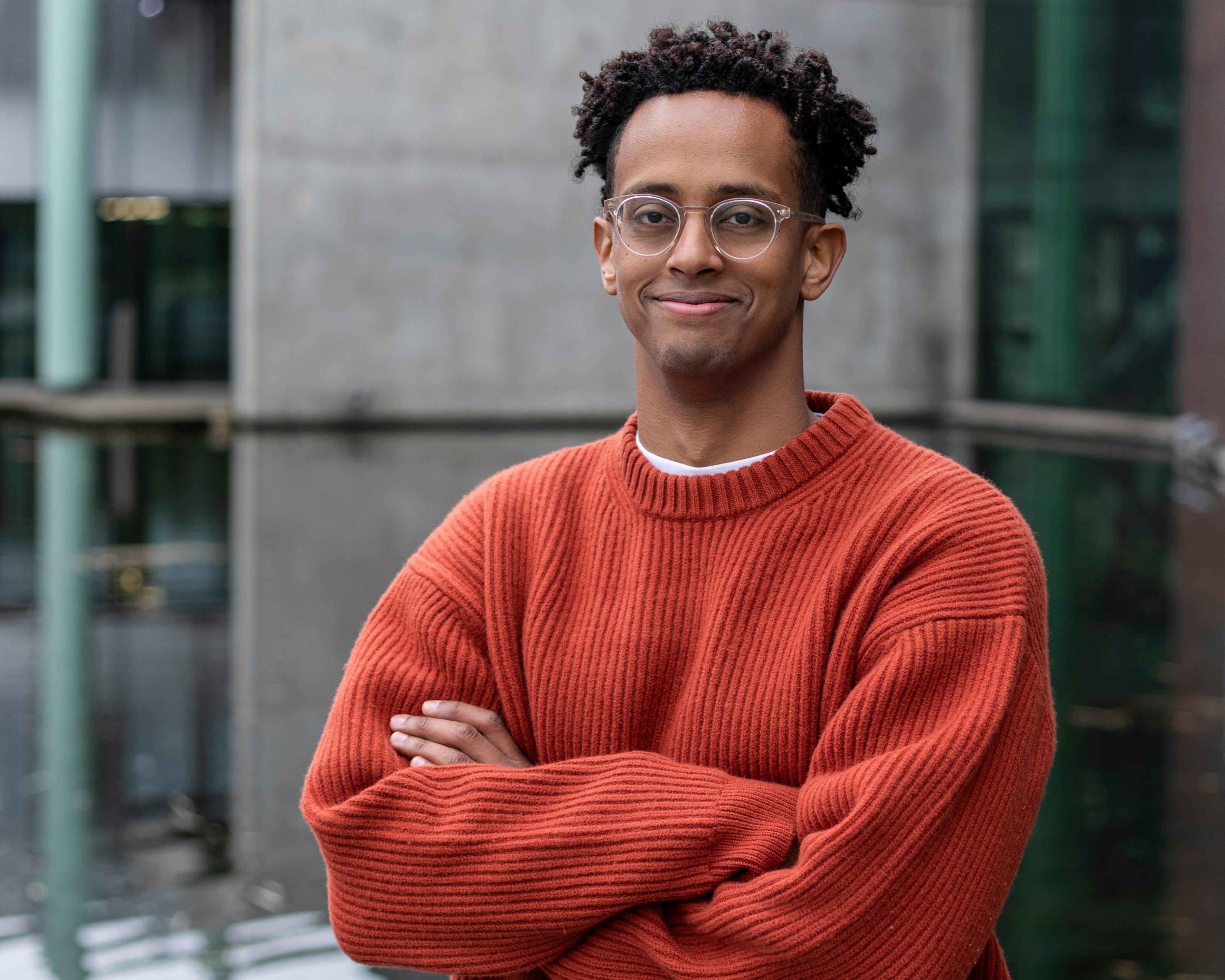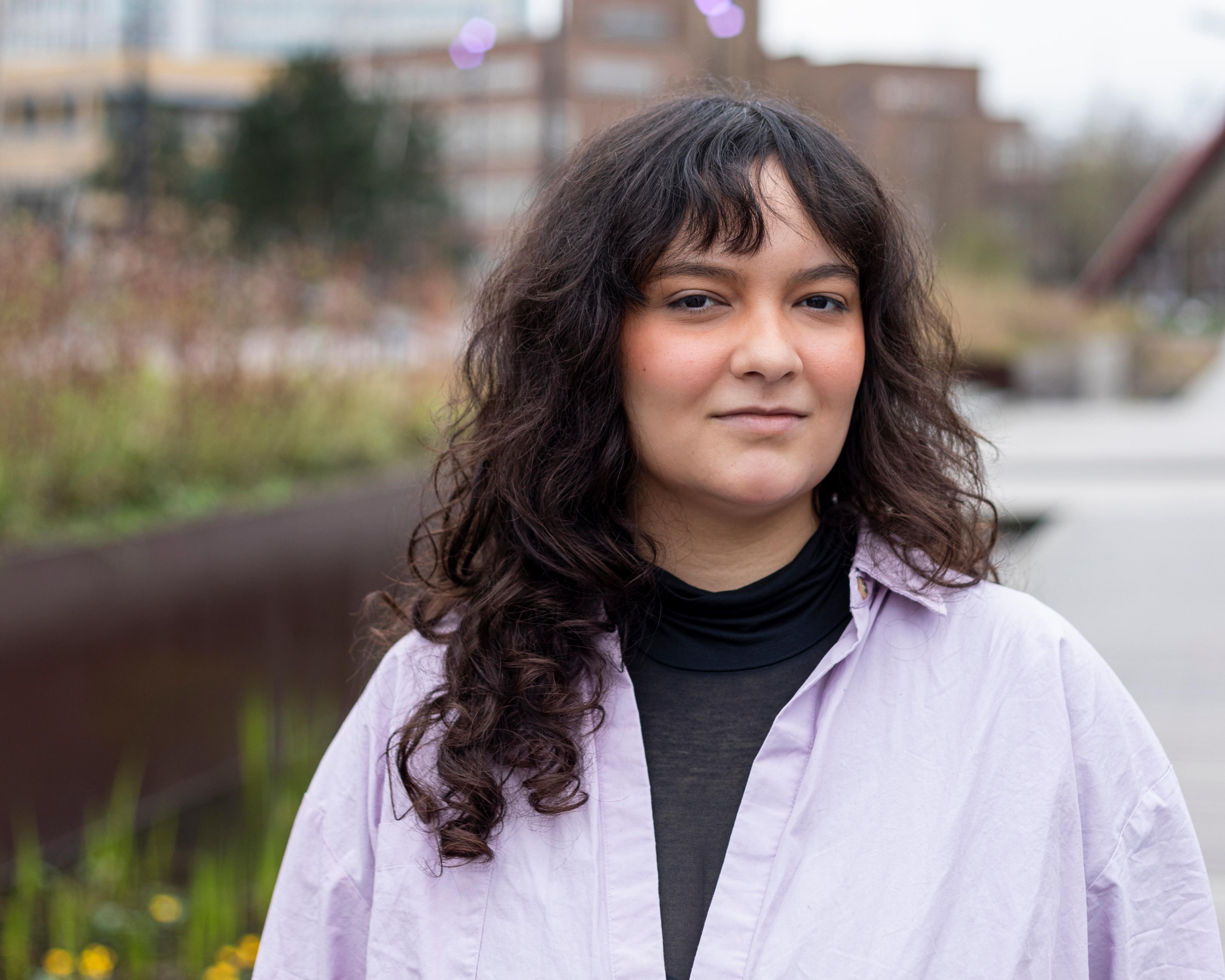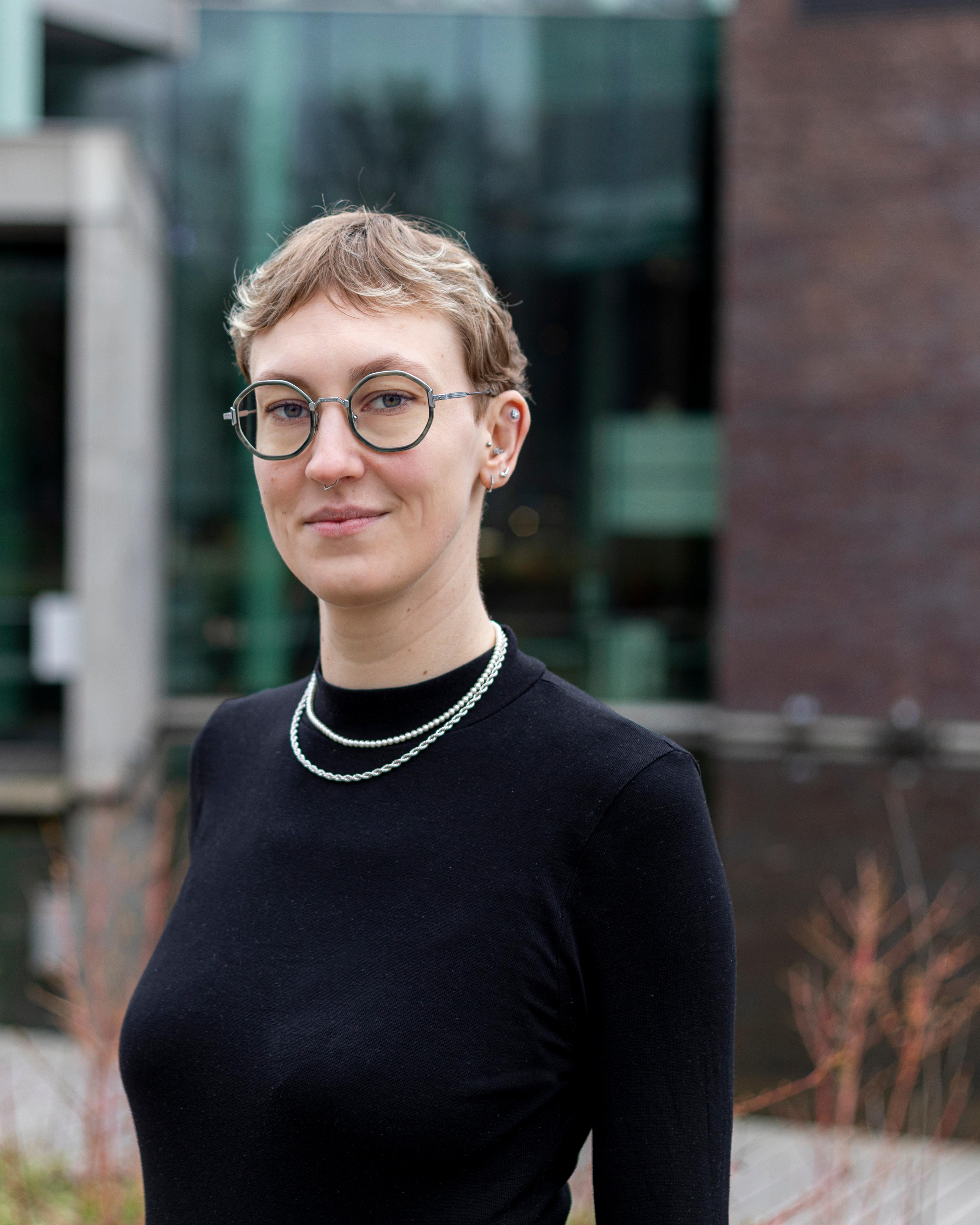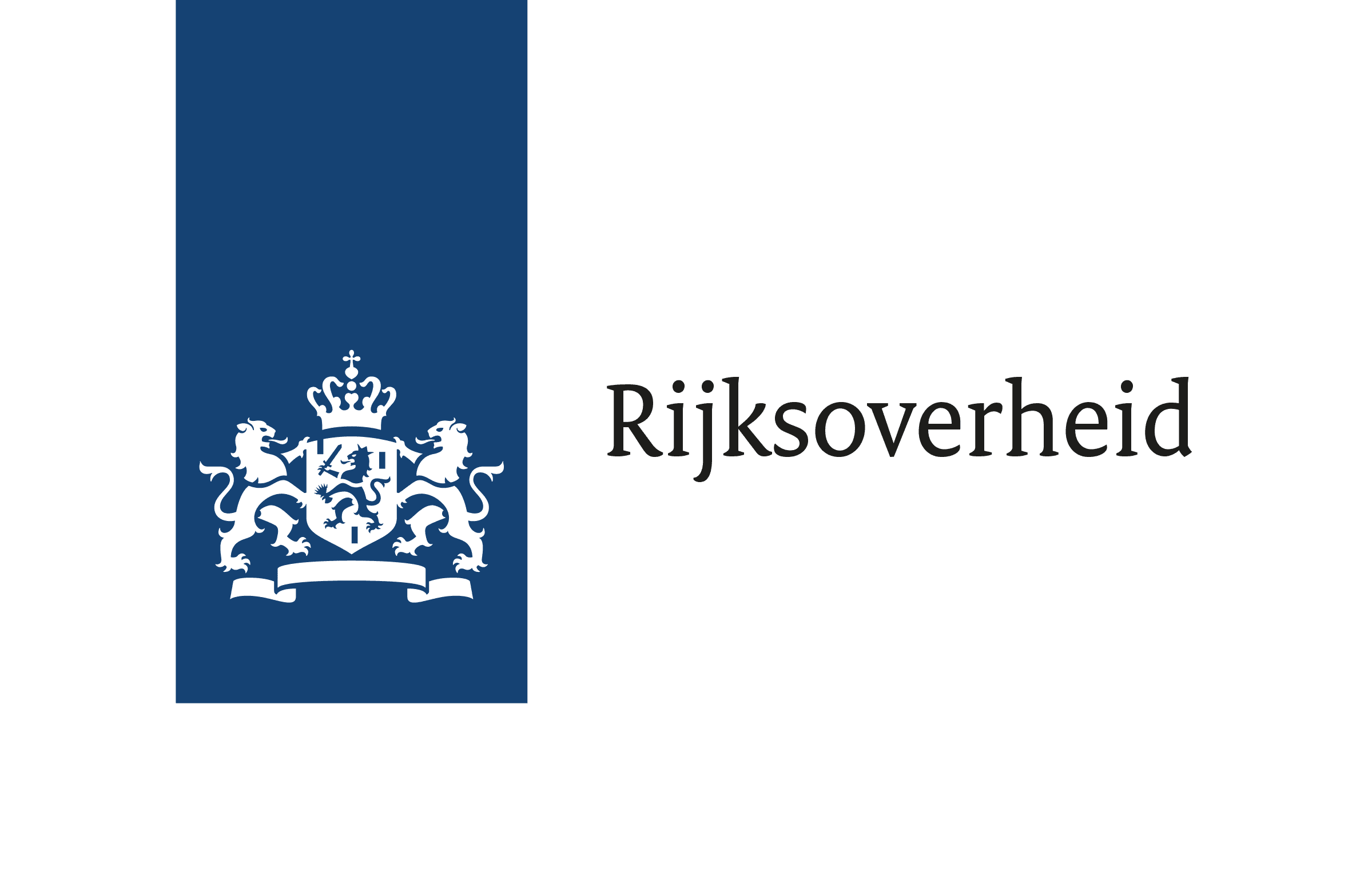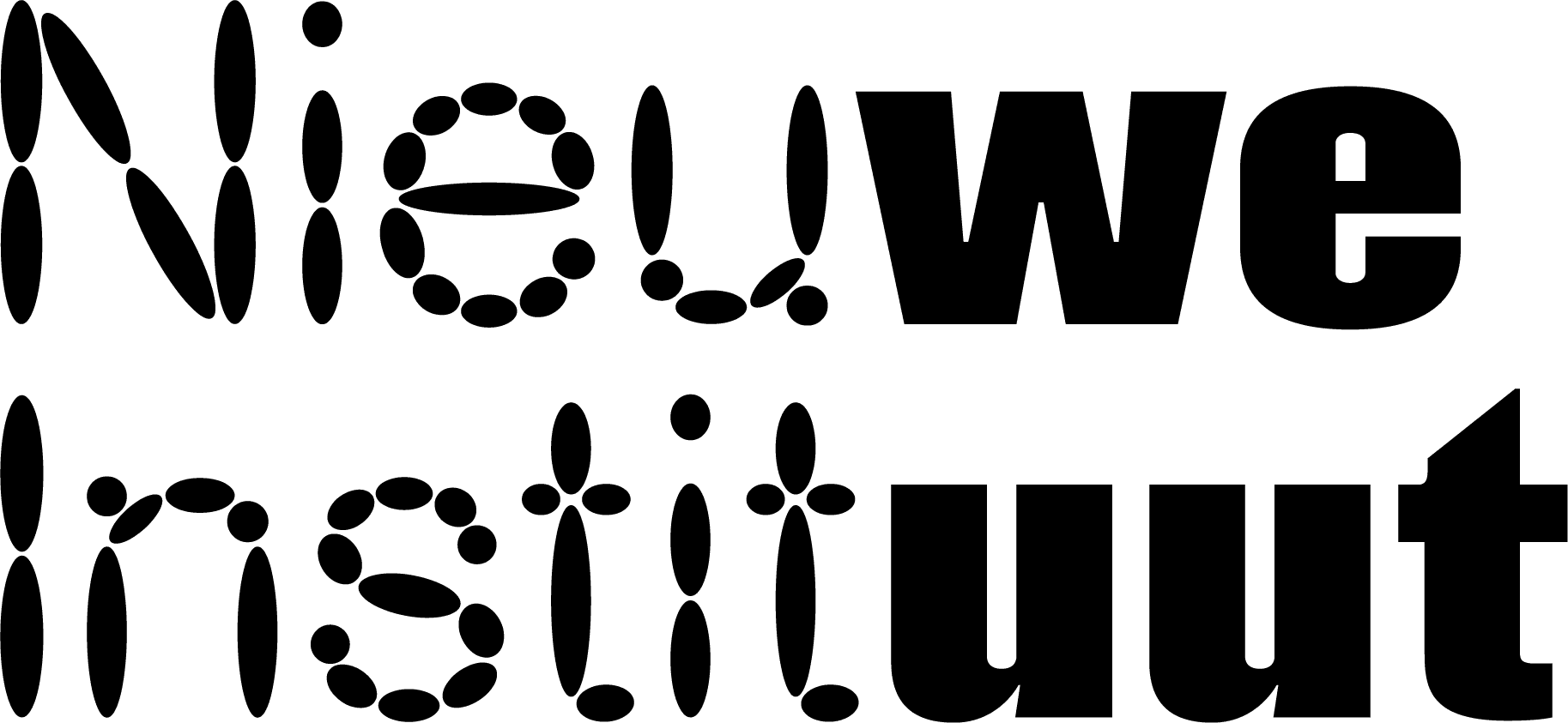The International Architecture Biennale Rotterdam (IABR) is a biennial event that delves into the evolving realms of architecture and urban planning. Founded in 2003 and based in Rotterdam, the IABR addresses the future of cities and tackles the significant challenges posed to designers amid the climate crisis and social inequality. This event acts as a vital platform for examining the roles of architecture, landscape, and urbanism in responding to global issues like water management, energy transition, housing, and food supply – concerns that are spatial in nature and have a worldwide impact. Every two years, the IABR presents a rich cultural public program, including exhibitions, debates, lectures, workshops, and tours, celebrating the transformative power of architectural creativity. In the intervals between editions, the IABR continues to foster research and dialogue, striving to set agendas and stimulate discussions in both the national and international architectural spheres.
The curator team of Nature of Hope, led by Saskia van Stein (director IABR), consists of Janna Bystrykh (architect and researcher), Catherine Koekoek (architect-researcher and philosopher), Alina Paias (spatial designer and researcher), Hani Salih (researcher and writer) and Noortje Weenink (researcher and writer).
The IABR collaborated with organizations such as De Dependance, Vogelbescherming Nederland (Dutch Society for the Protection of Birds), AFFR, Sainsbury Center, Norwich University, the Municipality of Amsterdam, Lala Ruhr Biennale, Netherlands Angry Architects (NAA), Architecture Climate Action Network (ACAN), Built by Nature, Ministry of the Future, Het Nieuwe Instituut, and local architecture centers in Arnhem, Zeeland, and Deventer for this biennale. This provided a platform for discussion and knowledge sharing. View all organized events here.
